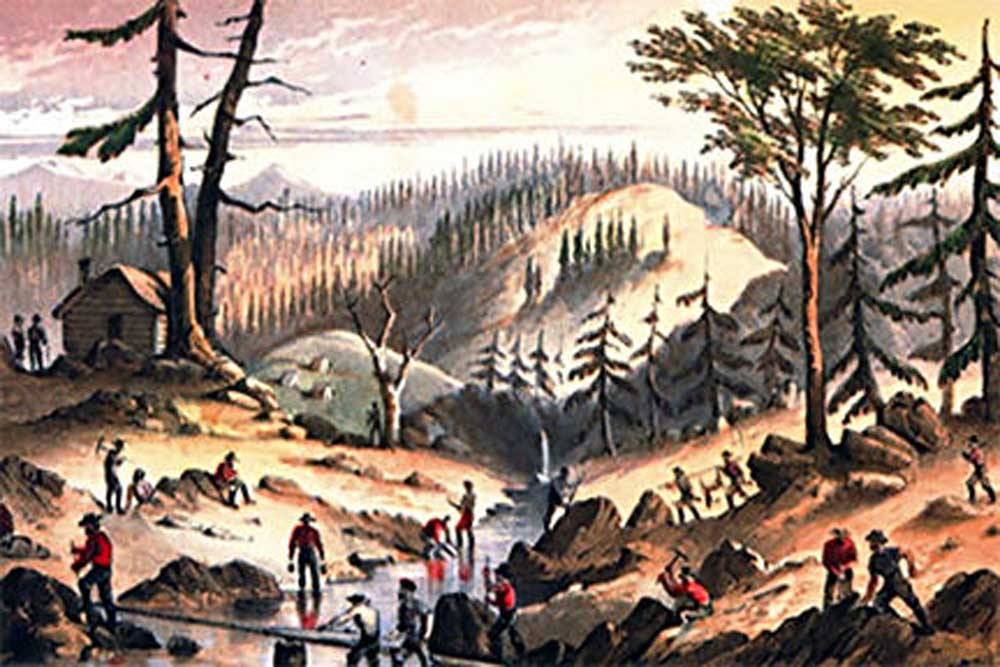In One Ear: Golden dreams
Published 12:15 am Thursday, June 6, 2019

- Ear: Gold
While it’s debatable what was going on in the Tillamook mines in 1885, a mini gold rush started in Clatsop County that same year, according to a blog post by Kerby Jackson (bit.ly/kerbyblog), an Oregon mining history buff, prospector, Southern Oregon mining district manager and author of “Gold Dust: Stories of Oregon’s Mining Years” (bit.ly/kerbygold).
Trending
According to Jackson, even though Clatsop County is “hardly an ideal geological setting for gold country,” that didn’t stop anyone from trying. Accordingly, J. M. Weed filed a placer claim on Rock Creek in eastern Clatsop County on May 25, 1885.
If your mining terms are a bit rusty, it means he found “valuable minerals contained in loose material such as sand or gravel” (according to Wikipedia) at a spot on public land; with a placer claim, he had the right to mine there.
Weed named his mine Gertrude, but there wasn’t any mention of how much gold old Gertie coughed up. If he needed consoling, Weed Creek — about 6 miles east of Elsie — was named for him.
Trending
Weed was followed by plethora of gold miners staking claims around the same area. Consequently, the Rock Creek Mining District was formed in 1889, which Jackson says “extended all the way to the … Nehalam River, near the town of Vernonia.”
Jackson listed some claim names in the area — Protector, Defender, Bonanza and Last Chance were a few — but the whole shebang died out by 1894, and he says whatever gold was discovered there never even made it into the history books. And, most of Rock Creek Mining District is now off limits for mining — it’s on private timberland or in Tillamook State Forest.
In the Gold Creek Mining District on the Nehalem River, in 1901, Sebastian Glaser filed a number of gold claims on Gold Creek (now George Creek) about 2 miles from Elsie. Did he find any gold? No one knows.
And, one final Clatsop County gold tidbit: TheDiggings.com (bit.ly/SandIsgold) mentions the Sand Island Placer, in the Columbia River, where “gold and iron deposits are documented.” But, alas, “there has been no production and little or no activity since discovery.” What a pity.









